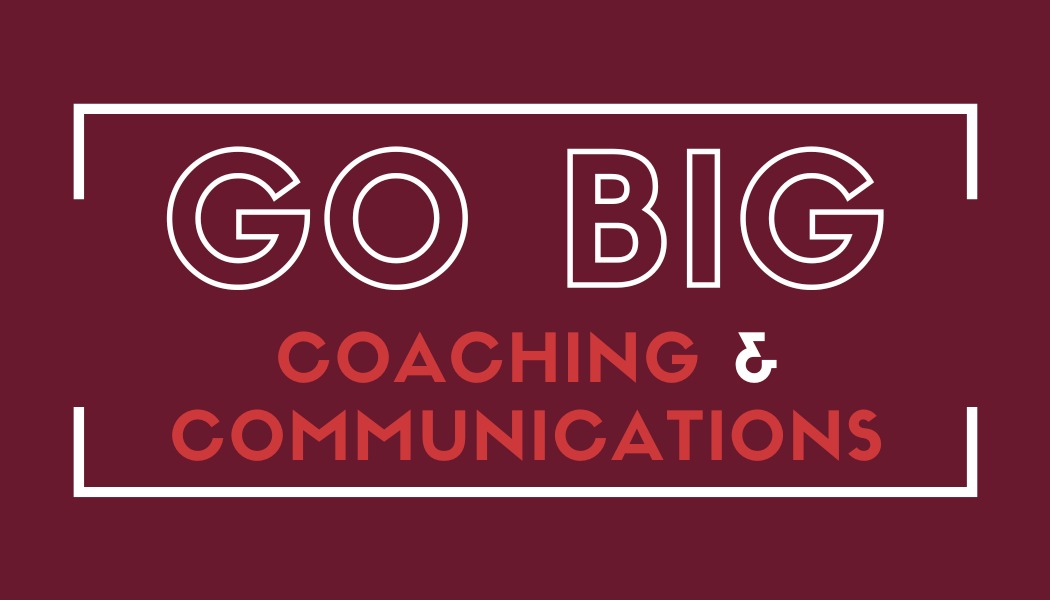Are you a minimalist? Or do you sometimes toy with the idea but never actually get started? Or do you get a little scared just by looking at photos of almost empty rooms with bare walls and the thought of having to live like that?
Spoiler alert: My walls are not bare. Quite the contrary, actually. I love the art I have collected over the years and I am not planning to part with these pieces, ever. You saw that word in there: “collected”? I used it on purpose though it’s just about the most despised word in the minimalist universe, and I get it. I am not a fan of collecting either. But at the same time, I believe I can call myself a minimalist and still have a salon hang of art above the couch.
Maybe you have come across ‘efficient minimalism’ in my About section (if you checked that out: thank you for your interest!). Anyway, I felt like giving you a brief explanation of what I mean by that because I do use the term quite a bit, and it’ll probably come up every once in a while. So, I hope you’ll bear with me.
In 2016, when I did my first year without shopping—I am currently on my second round—I explored pretty much anything minimalist I could lay my hands on. And I started purging. Oh yeah, did I purge! I got totally hooked on filling another bag to drop off at Goodwill or giving away stuff through my hyperlocal Buy Nothing group. (If you have no idea how to put yourself in a purging mindset, no worries, I’ve got your back! I’ll blog about that topic very soon.)
I easily suffer from visual overload and prefer my surroundings to be really neat. And guess what: when you get rid of half your stuff, it’s so much easier to keep a place neat and surfaces empty! Duh. Today, I can only wonder why it took me so long to learn this lesson. Well, that’s not true. Of course, I know what held me back: I was overly attached to what I had accumulated over the years (and decades, truly). More importantly, the boundaries between me and my stuff were too blurry. To a certain extent, I had allowed my stuff to define me.
Let me give you an example of what I mean by that: I pride myself to be an avid reader and a bit of a literature buff. So how can I not have hundreds and thousands of books around? What would people think if I told them my favorite pastime is reading—and then they come to my place and there are hardly any books around? That was the point when it clicked for me. I am an avid reader and a bit of a literature buff, no matter what people think and no matter whether I buy and keep every book I’ve ever read or get my books from the library and return them once I am done. Replace reader by fashionista and books by clothing (or whatever floats your boat), same difference.
It’s never about quantity—or perception, for this matter. I have met super stylish people who could easily (or actually do) live out of a suitcase. I have met crazy gifted endurance athletes who take the elevator and could not care less about measuring their body fat. So I can be a well-read woman with the tiniest bookshelf.
It is about what makes you feel good. So for me, that means a lot of empty space without too much visual distraction. It means passing on books I have read and clothing I haven’t worn in a year. It means not getting highly specialized or unnecessary gadgets (yes, popcorn maker, I am talking about you!) that will only fill the shelves. But it also means to have a wall full of art I enjoy to look at every single day or to keep a few select books and dresses I hardly ever wear because they come with wonderful, heartwarming memories.
That’s why I call what I do efficient minimalism. Because this is the most efficient way to make minimalism work for me, pretty much effortlessly. So if minimalism is something that resonates with you, there’s no reason to be afraid: Bend the rules you may read about to fit you and your lifestyle! There’s no right or wrong, no too much or too little—only enough. Your version of enough.
